Neil Gaiman is an absolute creative genius in the world of fiction, crafting vivid worlds of fantasy, sci-fi, and horror throughout his illustrious career. Having created such iconic works as The Sandman, Coraline, and Stardust, Gaiman has dabbled in a multitude of mediums and subgenres in his time, making his weird and wonderful style an absolute treasure trove of fantastic stories.
While his gift for fantasy goes unchallenged, his forays into horror are exceptionally twisted, particularly his gift for monsters. Along with creating mystical beings and fanciful eccentric characters, Gaiman’s beasts and boogeymen range from gradually creepy to all-out nightmare fuel. From creatures of the night to unfathomable cosmic horrors, Gaiman has created quite a menagerie of monsters.
Jack (Don’t Ask Jack)
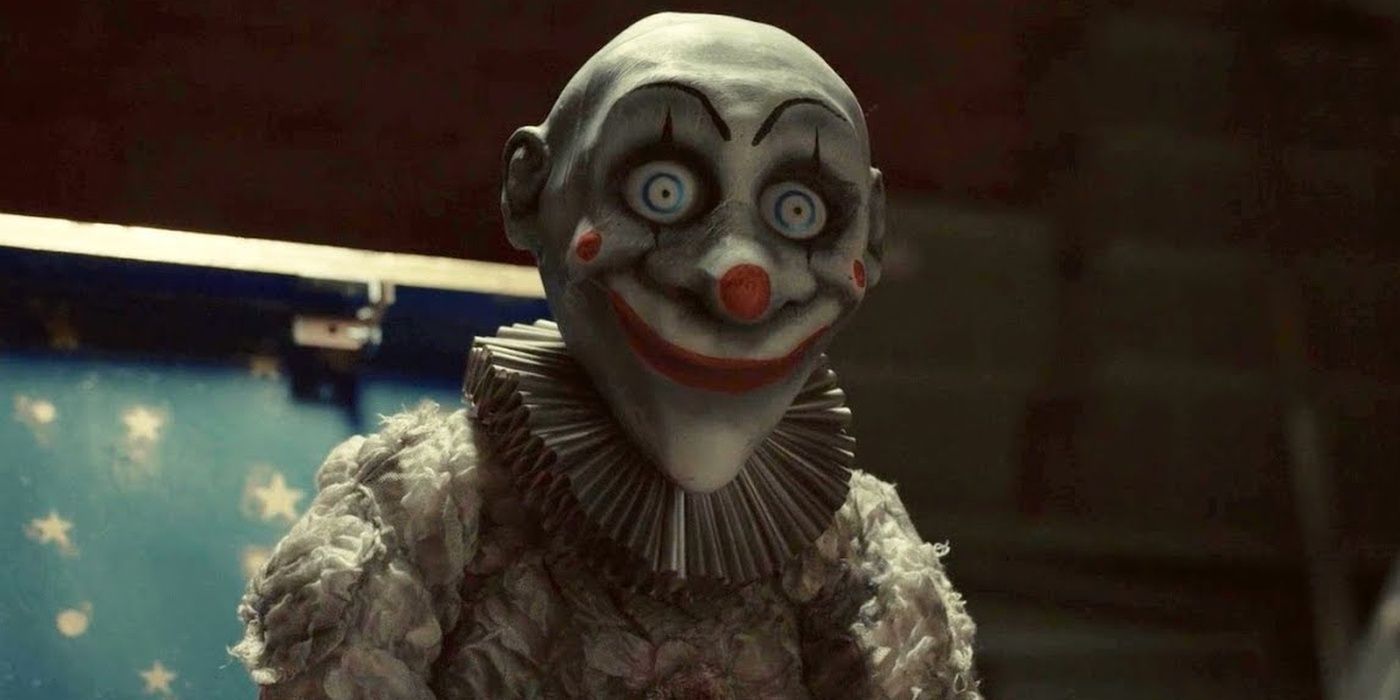
The titular character from the short story, Don’t Ask Jack earns a very eerie honorable mention. Creepy movie clowns are very frequently the source of terror, but it’s the strange and ambiguous nature of the evil Jack-in-the-box that earns him a spot on the list.
The work plays with the idea of childhood fears, represented by a boogeyman lying in wait, not under a bed or in the closet, but in the toybox. There is much debate in the piece as to what Jack really is, but his status as a sinister entity cannot go unignored.
The Ghouls (The Graveyard Book)
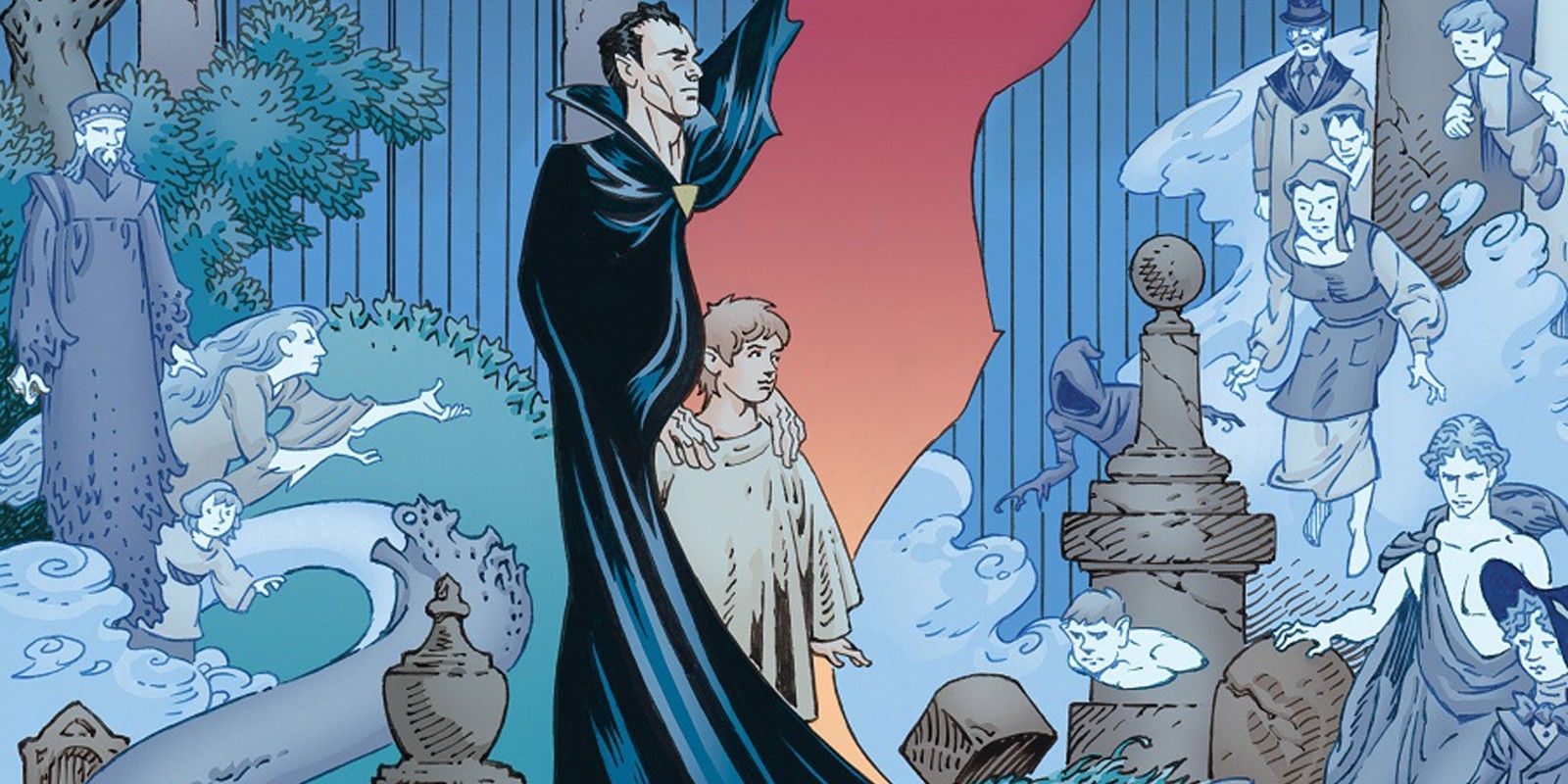
Not quite a group of zombies, yet not the same species of spirits and specters that call the cemetery their home in Neil Gaiman’s The Graveyard Book, the Ghouls are a race of creatures that live beneath the headstones who love causing mischief and dragging hapless victims to Ghulheim in Hell.
In a book populated by ghosts, vampires, and other creatures of the night, the Ghouls aren’t exactly the most-likable denizen of the dead. While not the most terrifying creatures on the list, the idea of flesh-eating monsters of the underworld never goes out of style.
The Children/Spooks (American Gods)
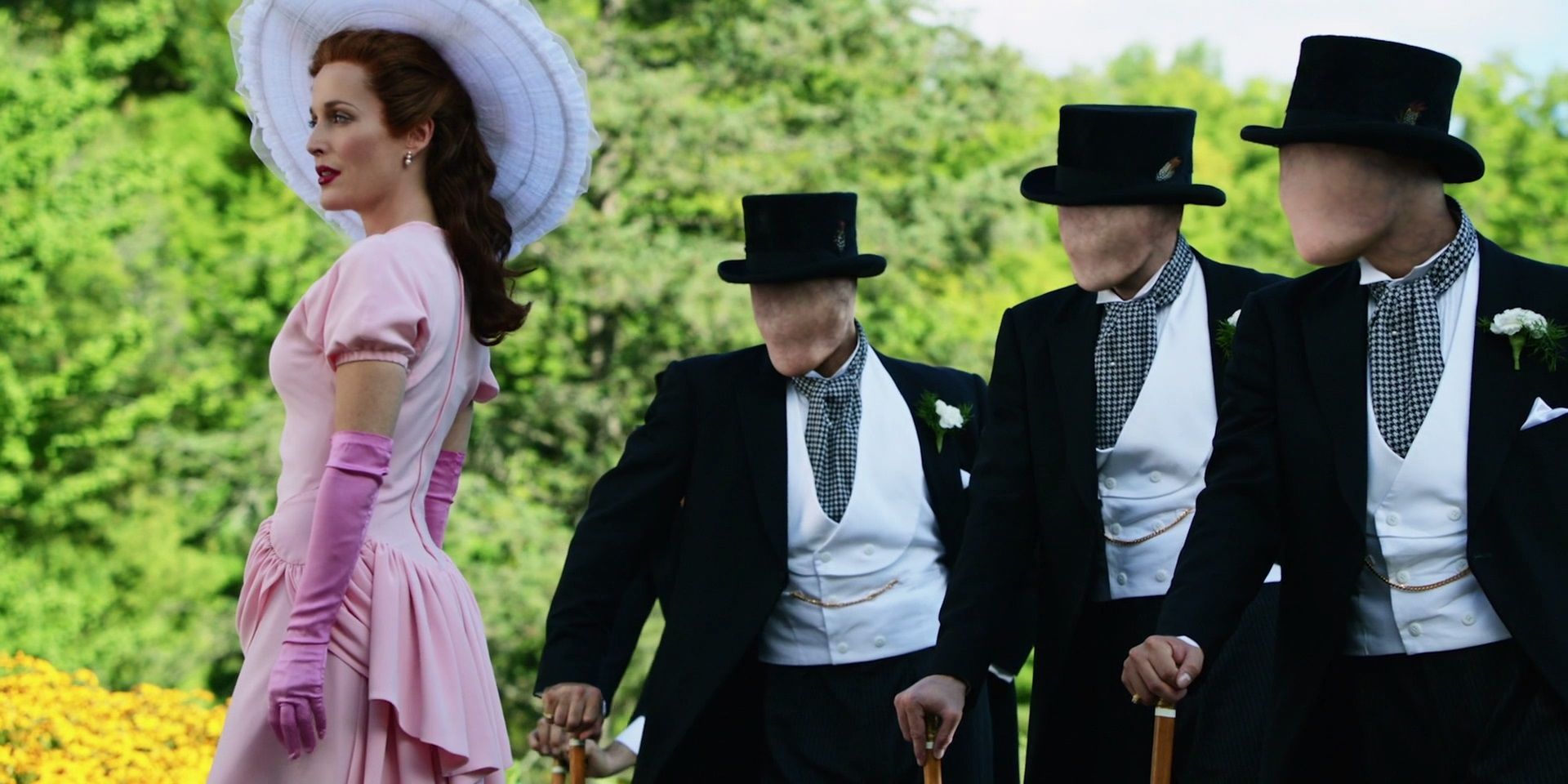
In Gaiman’s world of powerful gods and monsters, there are plenty of characters and creatures for Shadow to rub elbows with, but the minions of the New Gods definitely stand out as the most monstrous. While their appearance in the book is something directly inspired by the urban legends of Men In Black, their appearance in the TV adaptation is more than a little unsettling.
Taking more of a Slenderman approach, the Spookshow is presented as faceless flesh golems doing the dirty work of their evil immortal masters. Not even a Fred Astaire makeover can make these minions look approachable.
The Corinthian (Sandman)
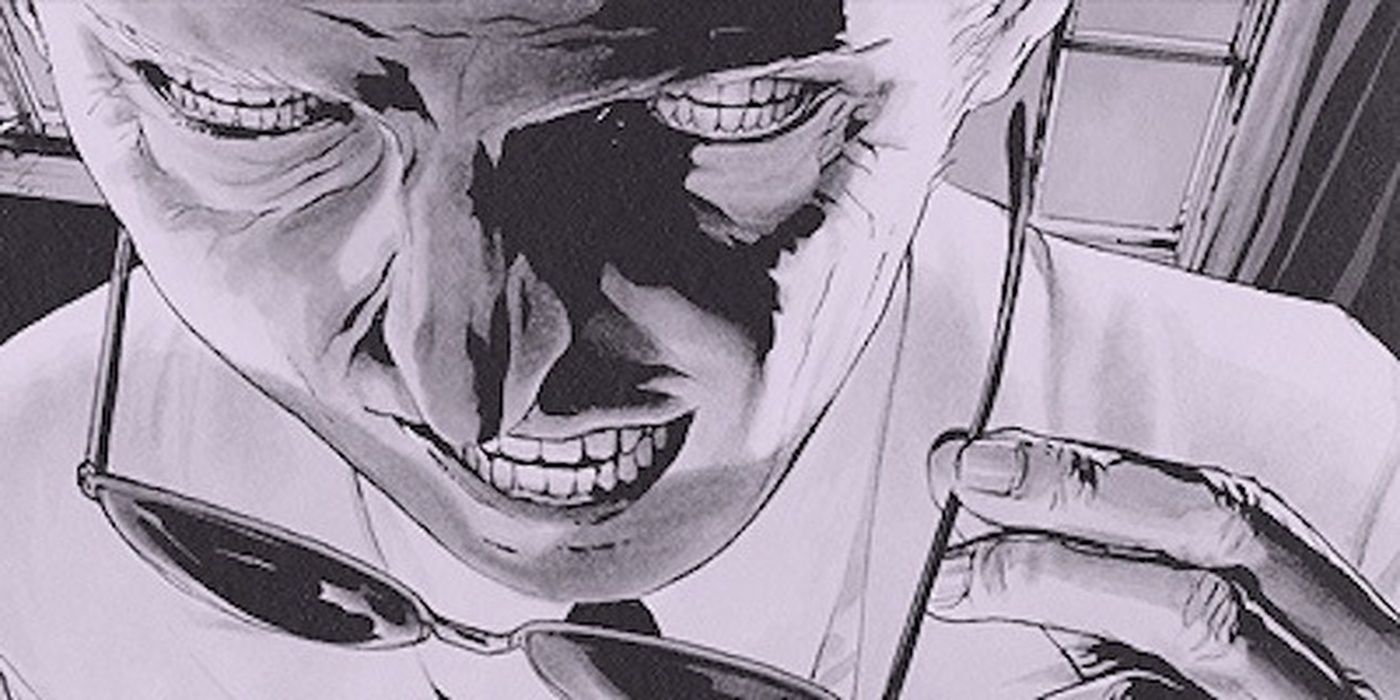
The Sandman series is absolutely loaded to the brim with a multitude of monsters, but a certain place of honor has to go to the Corinthian. Many monsters wear human disguises in Gaiman’s work, but this eyeball-eating serial killer is undoubtedly a nasty piece of work.
A nightmare created by Dream given human form, the Corinthian is fueled by a dark desire to spread fear and carnage wherever he goes. The eyeless agent of chaos offers a new turn on the idea of “very bad men.”
Ursula (The Ocean At The End Of The Lane)
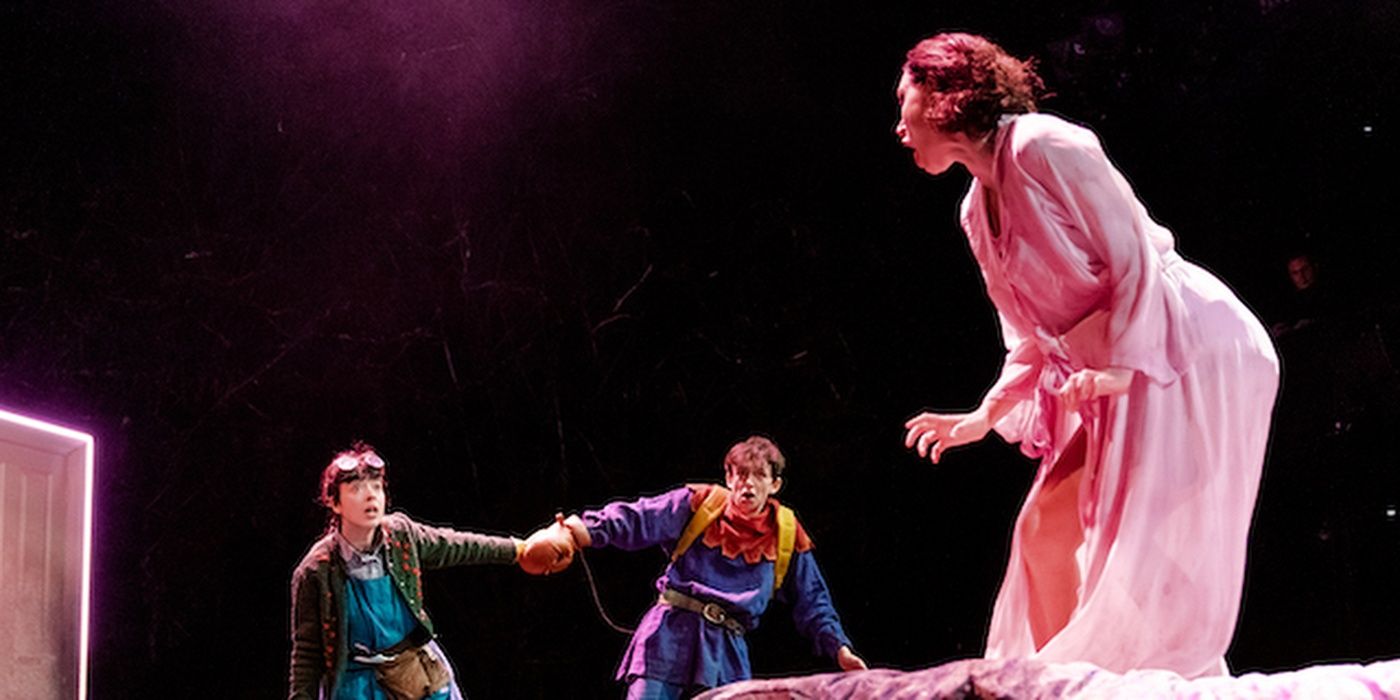
The Ocean at the End of the Lane is Gaiman’s fantastical foray into the cosmic horror genre, and Miss Ursula is an unholy amalgamation of evil stepmother and Lovecraftian entity. While she isn’t as evil as someone like the Corinthian, her methods of assuming a human lifestyle are anything but friendly.
Her game is maintaining her illusion, if her assimilation attempts are disrupted the facade melts off to reveal a monster from another dimension. Fortunately, Ursula’s kind isn’t that intelligent, and with aid of the neighborhood witches, she is soon vanquished.
Despair (Sandman)
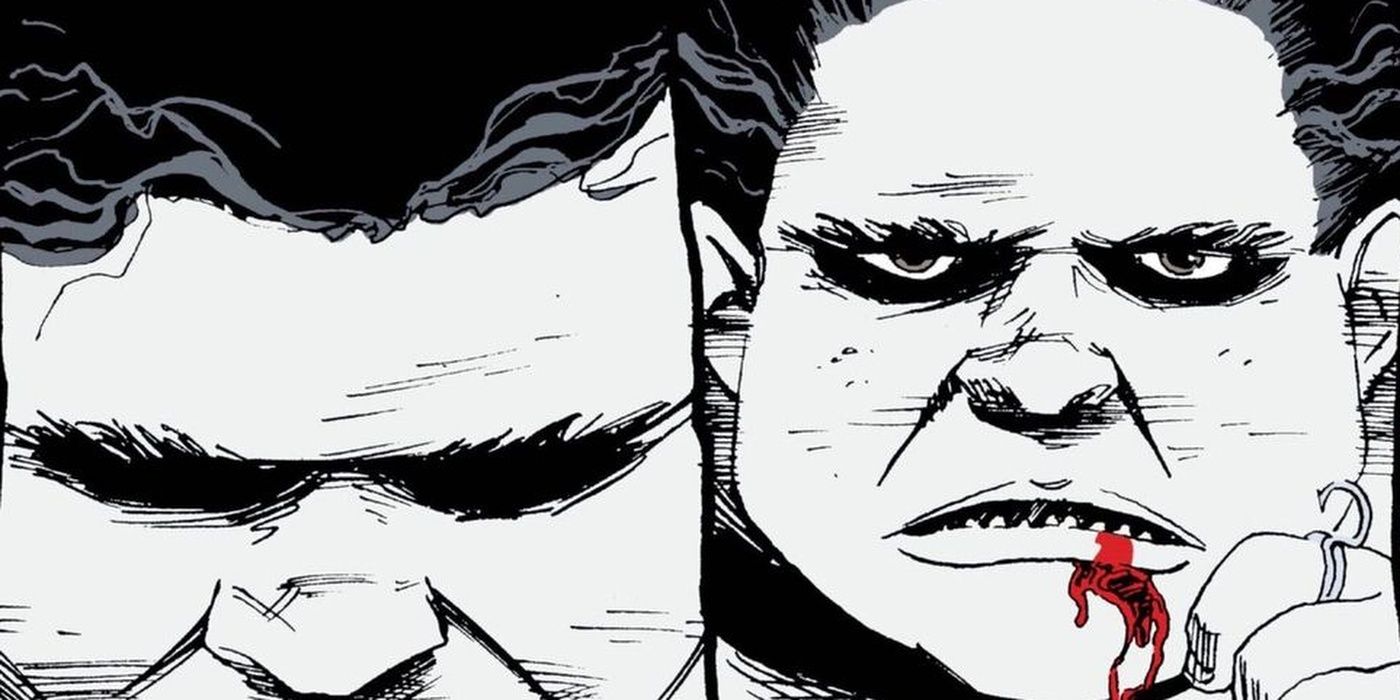
The Endless might feature benevolent beings like Dream, Death, and Delirium, but that doesn’t mean they are all so enchanting. She might be one of the biggest players in the series, but Despair is a monster inside and out. Twin sibling to the seductive Desire, unbearable pain grants her the greatest pleasure.
Despair has more in common with Clive Barker’s Cenobites than with Neil Gaiman’s Endless. At the end of the day, a being that thrives on the anguish and agony of mortals is far from benign.
The Satanic Triumvirate (Sandman)
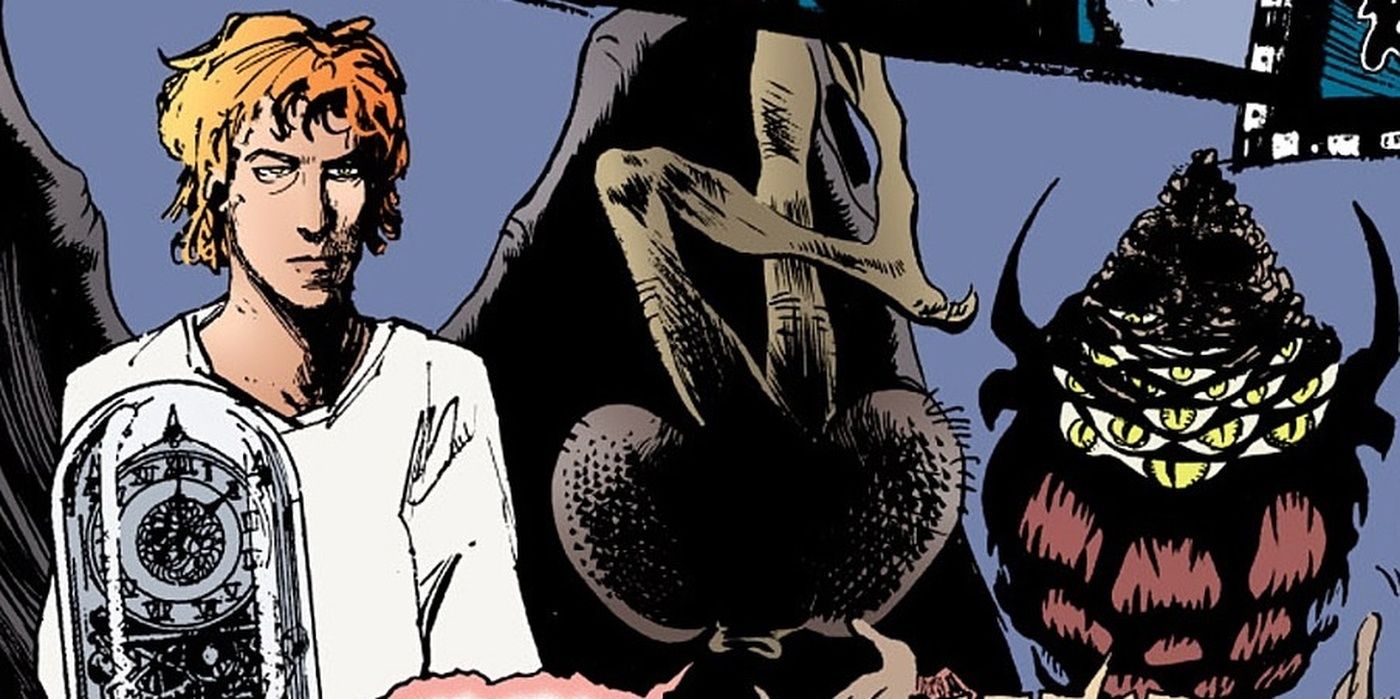
The Devil is certainly no stranger to playing the role of the villain, but the interpretation of Lucifer in Sandman doesn’t work alone. While Christianity has the Holy Trinity of God the Father, God the Son, and God the Holy Ghost, Hell has the Satanic Triumvirate.
Consisting of Lucifer, Beelzebub, and Azazel, the trio of demons form the head of the Hierarchy of Hell. Lucifer Morningstar might be one of the better-looking monsters in Gaiman’s lineup, Beelzebub and Azazel are a pair of demons pulled straight from the Necronomicon that would make even the Winchesters a bit nervous.
Crowley (Good Omens)
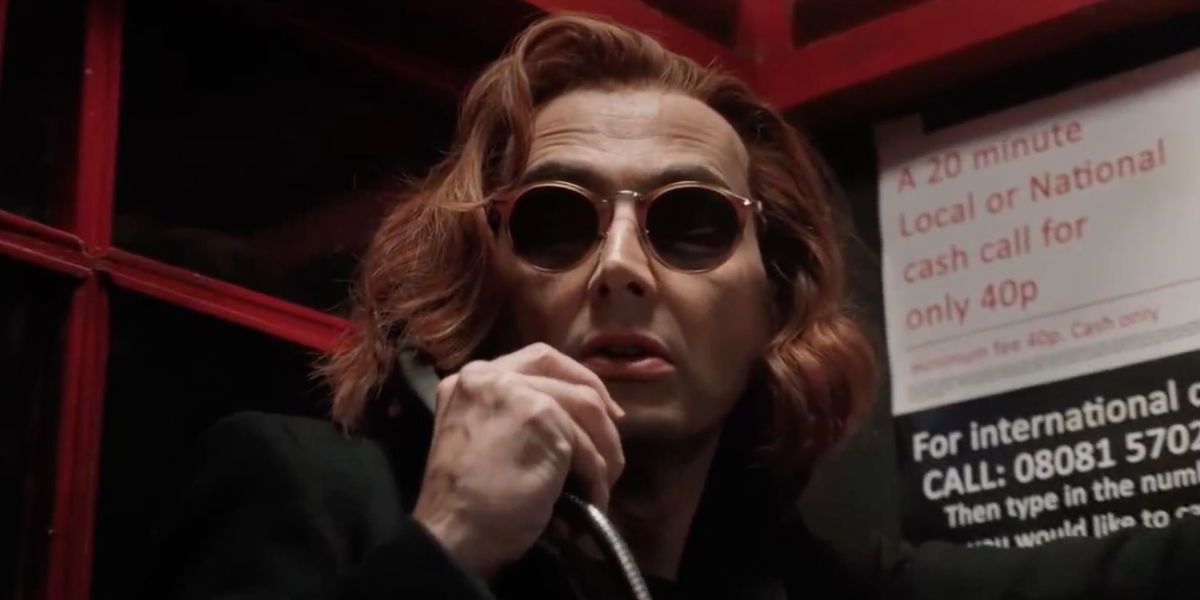
Crowley might not be the most powerful demon on the list, but he’s definitely the most likable. Truly gifted is the writer who can make a demon not only likable but sympathetic as well. Of course, there’s something to be said for David Tennant’s performing skills as well.
On one hand, he’s still a devilish and despicable being wanting to prey on humanity’s sinful nature and live out his days in perpetual indulgence. On the other, he’s perhaps the funniest character in both the show and the novel. Sometimes it’s good to be bad.
The Beldam (Coraline)
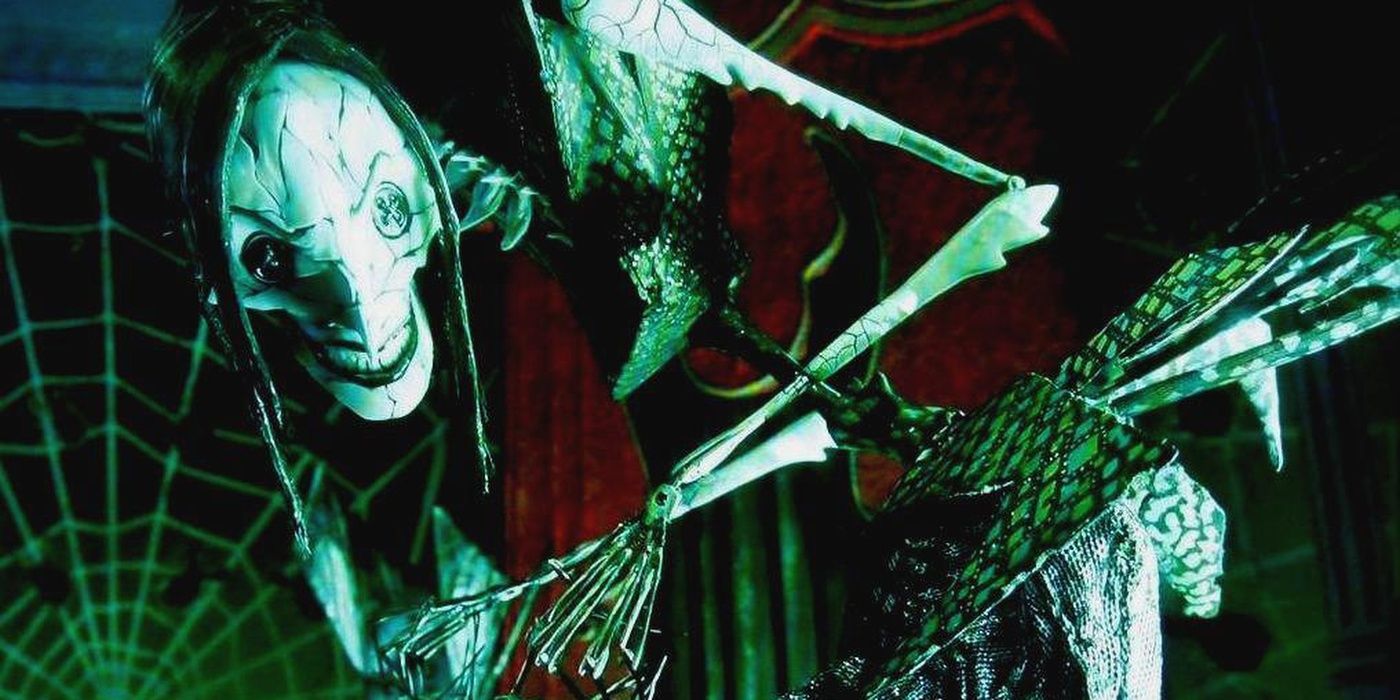
Of course, the top spot had to go to the insidious Beldam of Coraline fame, a character with many hidden details fans probably missed. Spiders, demons, and creepy dolls will definitely keep many people up at night, but the Other Mother goes all the way with the idea and combines all three. Similar to Stephen King’s Pennywise, the Beldam lures children into her clutches with promises of treats, toys, and other pleasures, only to devour them once they can’t turn back.
The idea of such a creature living just within the walls of one’s own house is already unsettling enough, but the fact that it can create a parallel universe where it can feed on the lives of children takes things to a whole new level. Her existence alone helps make both the book and the film one of the scariest things ever directed at young audiences.




